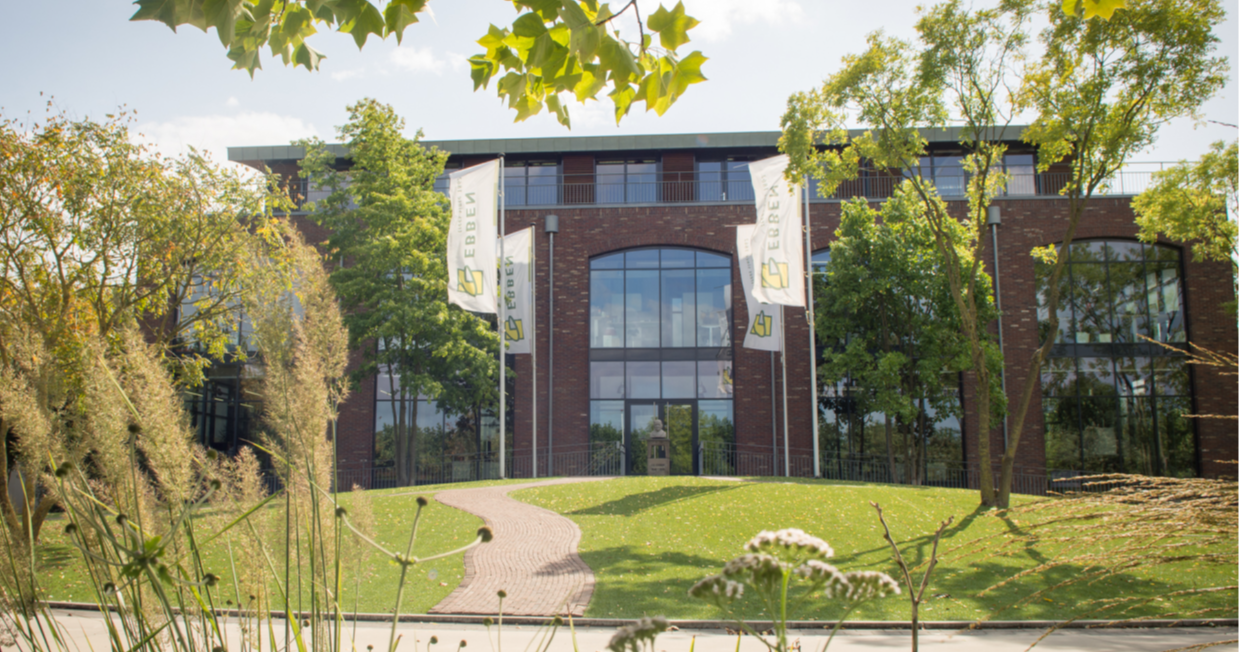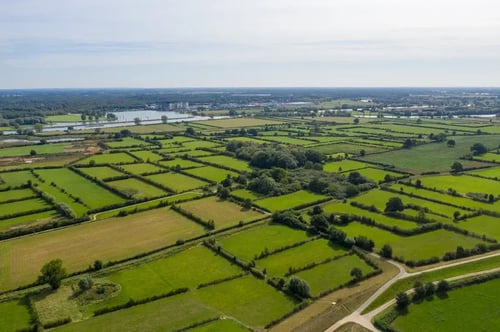Increased well-being in green surroundings

Who doesn’t recognise the sense of peace in a city park with old trees, or refreshing coolness found beneath the canopy of leaves on a terrace or a square? It is clearly more pleasant and more enjoyable to walk through a green street or environment than in a paved area. This is why nature and green surroundings are often regarded as a place to relax and de-stress. Just how ecosystem services contribute to well-being is a complex process however because regulating, provisioning and cultural ecosystem services all have a significant impact. Provisioning services, such as food, water and shelter are, of course, essential for our physical and mental health. Regulating services, in turn, support these provisioning services by, for example, promoting soil fertility, controlling pests and erosion control. Cultural ecosystem services are the intangible benefits that can be derived from ecosystems.
In this article, we will take a closer look at ecosystem services that contribute to well-being via the living environment. These include regulating services, such as water and air purification, temperature control, noise reduction, protection against environmental disasters, including coastal protection, and also cultural ecosystem services. Cultural ecosystem services that contribute to the green living environment encompass the aesthetic beauty of nature that can be experienced from interior spaces, space for relaxation and recreation, enjoyment of nature and the identity they provide cultures, or contribute towards social cohesion.
Health and green outdoor space
1. Damage limitation mechanismThe regulating ecosystem services that promote well-being via the living environment can be classified under the damage limitation mechanism. The creation of green outdoor spaces contributes to a healthy quality of life by reducing air pollution, heat stress and noise pollution. As the largest organism in the green outdoor space trees play a key role in this because they exert direct influence by means of shade, trapping particulate matter and capturing CO2, blocking airflows and evapotranspiration. It is however important to note that blocking airflows may also have a negative effect if the trees block the air in such a way that harmful substances are unable to be removed. This makes a good design crucial. As well as noise reduction, greenery can also have a calming effect, for example thanks to birdsong or the rustling of leaves.
2. Restorative mechanismA green environment can aid a reduction in perceived negativity and an increased feeling of relaxation. Overlooking a green area increases focus, improves concentration ability and has physical health effects, such as lowering blood pressure, heart rate and stress level.
This can be classified under facilitating the restorative mechanism, which is relevant for hospitals and rehabilitation centres in particular. But it is also useful for schools and offices where overlooking a green area allows for restored powers of concentration. According to physician Esther Senberg, specialised in the properties of healing spaces, the colour green is ‘the default mode for our brains’. The number of plants in the outdoor space is directly related to the level of recovery and rehabilitation this can provide.
3. Facilitating mechanism of healthy behaviourRegular contact with green outdoor space is very important for human personal development. This is because green surroundings stimulate healthy behaviour, such as physical activity and social interaction. This can be regarded as the third mechanism. This starts with children’s development, whereby the link between greenery and physical activity is even greater. Creative play, motor skills, coordination, balance and interaction are stimulated. In addition, greenery promotes cognitive development by improving awareness, reasoning ability and operational skills and reduces symptoms of hyperactivity and attention deficit. Proof of the positive relationship between greenery and physical activity is however not consistent because this depends on various factors, such as quality of infrastructure or facilities in the space. Social contacts are more readily established in a green environment such as a park, playground or sports fields but here to the quality of other environmental aspects plays a key role. Gardening as an activity certainly brings us closer to plants and creates a sense of connection with the natural environment. Trees have the capacity to set different moods. They can give us a sense of protection or safety by adding structure and an impression of lasting life to a place. Their monumentality and beauty contribute to our emotional tie with trees. Trees also live for a long time and as a result we attach memories to trees more readily than to other plants. This is why they often serve as memorial sites for events from the past.
4. Causing damage mechanismAs well as the many benefits, green outdoor spaces can also have negative effects, which concerns the fourth mechanism: causing damage. Pollen is the most common cause of this. It should be noted that a higher incidence of (pollen) allergies and asthma occurs when there is improved hygiene and less contact with nature. Pathogens and pests are also found in a green environment. A response to this is greater diversity. This encourages indirectly a healthier living environment. Greater variety in the tree population means reduced chance of transmission of diseases and pests, such as the well-known example of the oak processionary moth. In a balanced ecosystem the natural enemies of pests will also have a habitat.
Conclusion
A logical conclusion is that green outside spaces play a crucial role in fostering human well-being by a variety of mechanisms. Despite the many benefits, it is important also to recognise the potential negative effects, such as allergies and the presence of pathogens and pests. Greater biodiversity may however help create a healthier living environment, with a varied tree population enabling a reduction in the distribution of diseases and pests. The importance of greenery and biodiversity in the outdoor space must, therefore, be acknowledged and integrated into urban planning and design in order to thus create a healthy, stimulating and sustainable living environment.
Sources:
- Health Council of the Netherlands - Advisory report Nature and Health: the influence of nature on social, psychological and physical well-being
- Stuart-Smith, 2020 - The Well Gardened Mind
- RIVM – Greenery and Health: a pooling of knowledge












